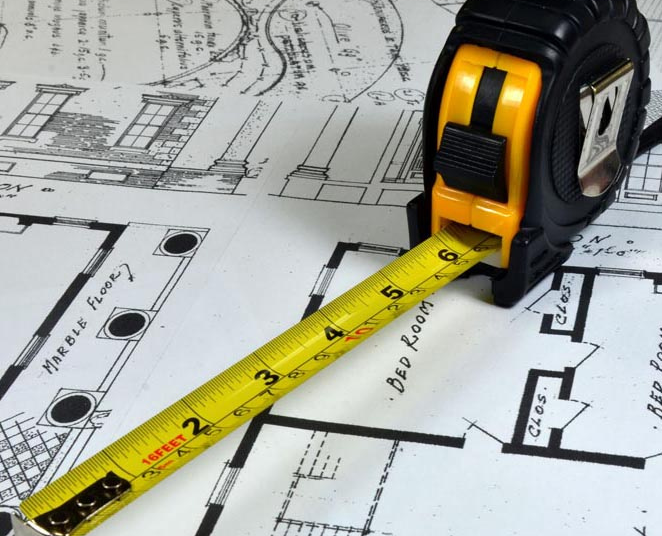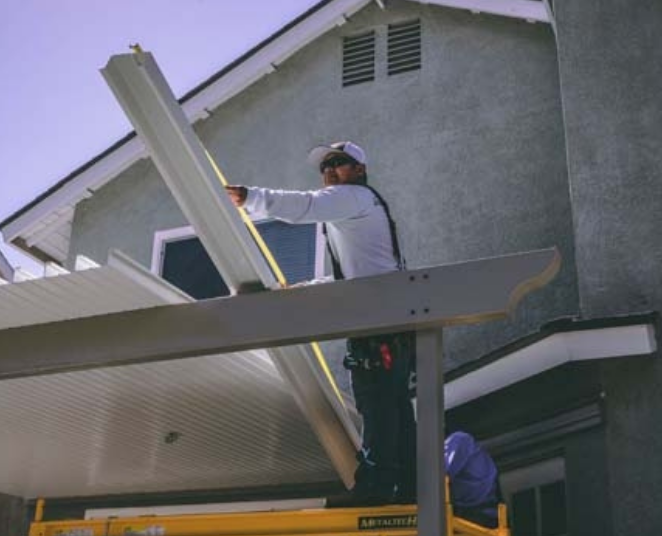Alumawood patio covers have gained popularity among homeowners seeking to enhance their outdoor living spaces with shade and protection. Constructed from aluminum but designed to resemble wood, these covers offer a host of benefits, including durability and affordability. However, many people wonder if alumawood patio covers can become hot, just like other metal or wood covers.
The answer is yes, alumawood patio covers can indeed become hot, but several factors influence the extent of heat retention and overall temperature.
Firstly, the color of the patio cover plays a significant role. Darker hues such as brown or black absorb more heat from the sun compared to lighter shades like white or beige. Therefore, a darker alumawood patio cover will generally feel hotter to the touch.
Additionally, the design of the patio cover impacts its heat retention. Solid covers offer more shade and protection from the sun but tend to trap more heat underneath. On the other hand, lattice-style covers allow for better airflow, contributing to a cooler environment beneath the cover.
Furthermore, the local climate also influences the temperature of alumawood patio covers. In hotter and sunnier regions, any type of patio cover is prone to becoming hot. Conversely, in cooler and more temperate climates, alumawood covers may not absorb as much heat, offering a more comfortable outdoor space.
To mitigate the heat of an alumawood patio cover on hot days, consider the following tips:
1. Opt for a lighter color: Choosing a lighter-colored patio cover, such as white or beige, can reduce heat absorption from the sun, resulting in a cooler surface.
2. Install a fan or misting system: Incorporating a fan or misting system into your outdoor space helps to circulate air and lower temperatures beneath the patio cover.
3. Select a lattice-style cover: Lattice-style alumawood covers promote better airflow, aiding in keeping the area beneath cooler compared to solid covers.
4. Add shade sails or curtains: Installing shade sails or curtains around the patio cover provides additional shade and blocks direct sunlight, further reducing heat absorption.
-
5. Use heat-resistant materials: When designing your outdoor space, opt for heat-resistant materials such as concrete or stone for the patio flooring, as they absorb less heat than wood or metal, contributing to a cooler environment under the alumawood patio cover.
In conclusion, while alumawood patio covers can become hot, various factors determine the extent of heat retention. By considering factors such as color, design, and climate, homeowners can make informed choices to ensure a comfortable and functional outdoor living space. Implementing simple modifications like adding fans or selecting lighter colors can help keep alumawood patio covers cool even during the hottest days.





